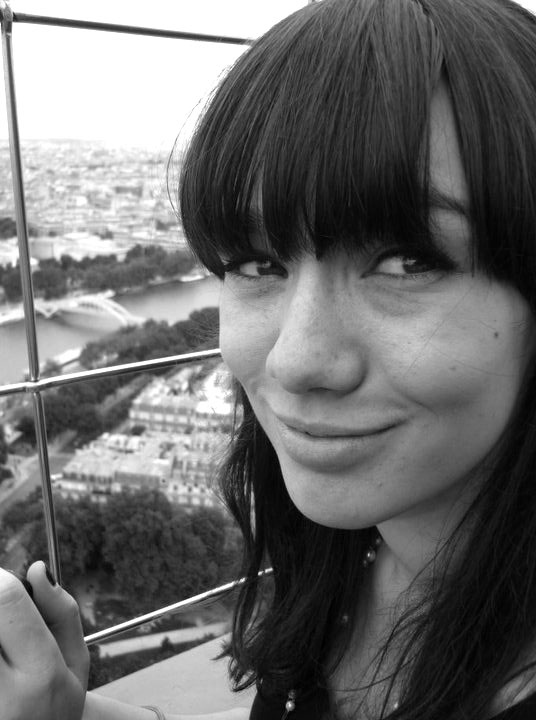Abandoned projects: Heatherwick’s Garden Bridge, national aquariums and space elevators
Last week, it was announced that Thomas Heatherwick’s controversial London Garden Bridge project would be scrapped. We ask designers to tell us about the unrealised design pursuits they wish had been completed.

“The British Aircraft Corporation TSR2 was a really fabulous airplane developed for the Royal Air Force (RAF) in the early 1960s. It showed great promise of leading the world but due to rising development costs, it was controversially cancelled by the new Government in favour of the General Dynamics F-111 (which was never delivered). All the tooling was ordered to be immediately destroyed lest the decision might be reversed and the design proved a success. An appalling example of petulant politics at its meddling worst, which led to the increasing demise of the once leading British aircraft industry.”

“I’ve long been obsessed by space elevators. Escaping the gravitational pull of the earth is the biggest barrier to space travel – so what if we could travel there in a lift? The concept is simple: a geostationary satellite lowers a cable to earth, allowing us to winch people and material directly up and build spaceships, in space. Originally proposed in 19th century Russia, the idea gained science fiction credibility in the 1980s. But it’s the 21st century’s graphene and carbon nanotubes that could make construction possible. Various agencies have announced programmes to make it happen, the most recent being the Google X team. But sadly the technology still hasn’t caught up with the idea, and it has been shelved, yet again. Even Elon Musk thinks it’s too unrealistic – but I continue to dream.”

“It would have been Charles and Ray Eames’ most ambitious project – The National Aquarium in Washington DC. Over 120 metres of research centres, orientation theatres and live exhibits, topped with a 30-metre ecological greenhouse containing slices of Florida’s Everglades region and waves, tides and creatures representing the intertidal coasts of both sides of America. I would have loved to explore through tailored tours of the aquarium, investigating everything from the point of view of locomotion one week, to perception and camouflage the next.”

“In 2008, we were asked to make proposals for ways to turn the Melnikov house in Moscow into a museum. It is a remarkable house; built in brick on marshland and given to architect Konstanin Melnikov by the Russian state as a reward for his prize-winning Russian pavilion at the 1925 Paris Expo, the house is formed of two interlocking cylinders with an ingenious split level interior leading up to a studio on the top floor. The distinctive, hexagonal-shaped windows offer 360-degree views out, and sunlight in throughout the day.
Our project was to be installed within a neighbouring apartment block. This would take the pressure off the fragile house and enable visitors to see an exhibition about the architect while they waited their turn to view the house. Our client owned half of the house, and the other half was owned by a grand-daughter who refused to move. So, in the end, that was that.”
-
Post a comment




